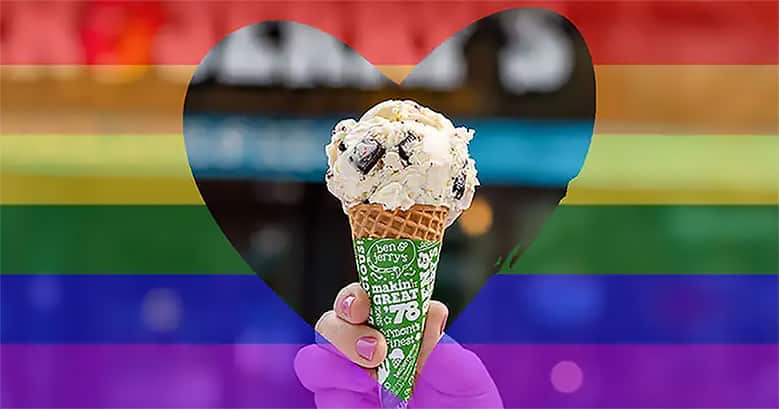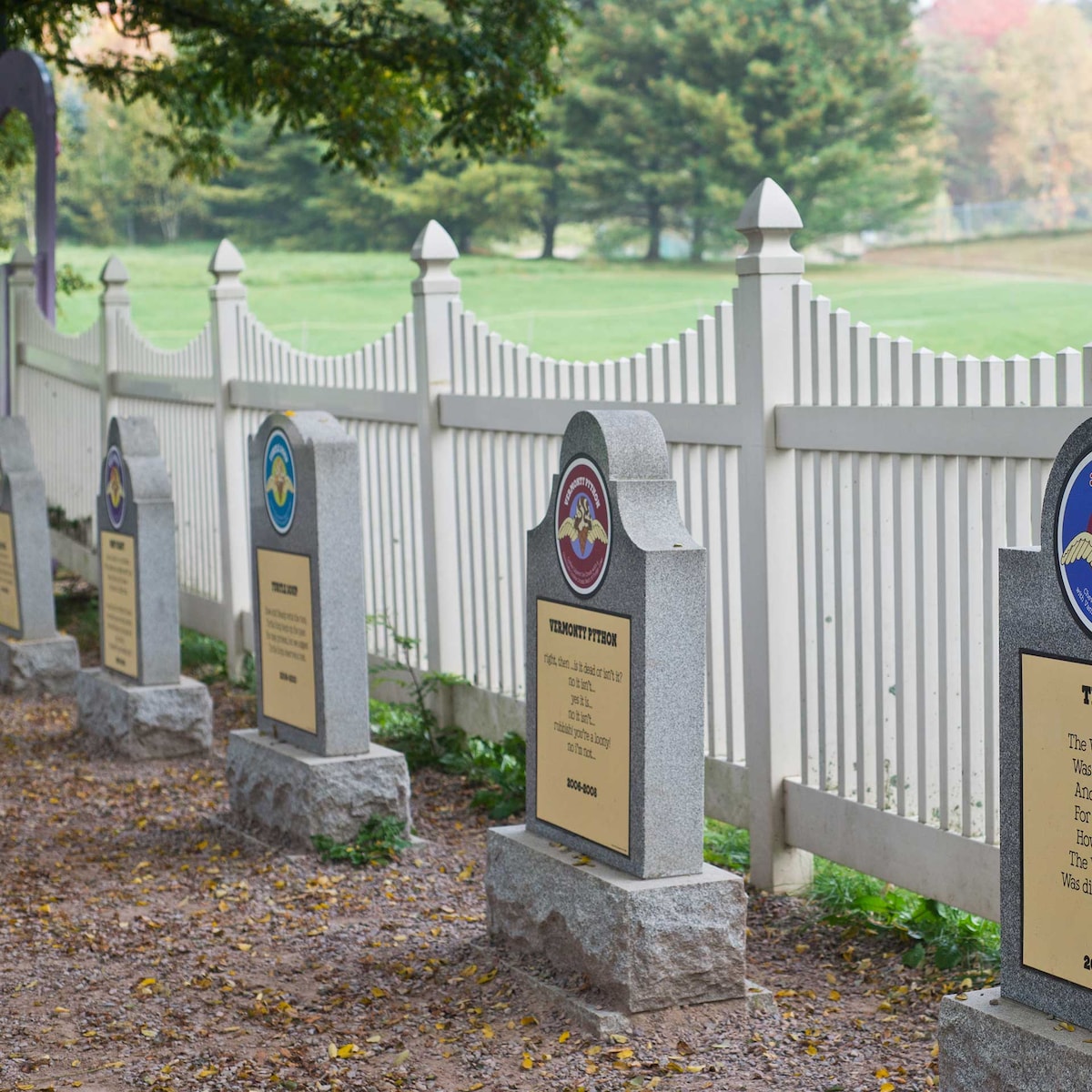Trans People Changing The World:

We love Pride. We love the parades and parties. We love seeing rainbow flags flying everywhere. It’s always a day of celebration and fun, of loving who you love and being exactly who you are.It’s also important to remember the origins of Pride – that the first Pride event in history, was actually a protest
This year, with many of us stuck in our homes and not able to come together to celebrate in person, we’re looking back—back before the parades, before the flag, even before “pride.”
We’re looking at what started the pride movement, and at the unsung transgender women of color who started a global movement.
What Happened that Night in 1969
You can thank the Mafia for the Stonewall Inn. No, we’re not kidding. Although it might be hard to believe, It’s really important to remember that, until fairly recently, it was illegal to hold hands with, dance with, or kiss someone of the same sex, or even wear gender-nonconforming clothes, so the LGBTQ community sought private spaces where they could be their true selves. The Mob, sensing a money-making opportunity, owned and operated numerous so-called gay bars in New York City’s Greenwich Village.
The Stonewall Inn was a relatively new gay-friendly spot in 1969, but it had become an important gathering place in the Village, thanks to its cheap cover charge and dancing (most gay bars didn’t allow dancing then).
Police raids were commonplace, but thanks to the Mob’s influence, bar owners were often tipped off beforehand by cops on their payroll. When police descended on the Stonewall and started knocking people around in the early morning hours of June 28, 1969, it came as a surprise. No tip-off. And instead of leaving and heading back home, Stonewall patrons stayed. They were angry. Neighborhood residents were angry too. Everyone was sick and tired of the harassment. All that anger boiled over.
Celebrating Transgender Heroes
Marsha P. Johnson, a Black trans woman, was celebrating her 25th birthday at the Stonewall. A trans rights/gay rights/AIDS activist and drag queen, she was among the first to resist arrest that night.
Sylvia Rivera, born to a Puerto Rican father and a Venezuelan mother, was there, too. She and Marsha were friends and together founded Street Transvestite Action Revolutionaries (the term “transgender” wasn’t used much in the 1960s), a group that helped poor young people who were turned away by their families. Sylvia threw one of the first bottles.
More bottles followed. And bricks. Others joined Marsha and Sylvia and soon the protests turned into a full-blown riot. Hundreds of people were involved that first night, but thousands soon flooded the scene, rallying night after night. While Stonewall didn’t automatically lead to change, it did galvanize the LGBTQ rights movement, which is why the inn was designated a National Monument by President Obama in 2016.
A Global Movement
The Stonewall riots galvanizes the LGBTQ liberation efforts the world over. Immediately following Stonewall, the Gay Liberation Front was organized in New York City, and it spread to the UK and Canada within a year, inspiring similar organizations all over Europe.
The following years saw an explosion of wins for the LGBTQ world: homosexuality was decriminalized in Canada, Austria, Costa Rica, Finland, and Norway; Sweden became the first country to allow transgender people to legally undergo sex reassignment surgery; the Australian and New Zealand College of Psychiatry Federal Council became the first group to declare that homosexuality was not an illness; Angela Morley of England became the first openly transgender person to be nominated for an Academy Award; the list goes on and on.
And among it all, the marches began. June 1970 saw marches in Chicago, New York, and San Francisco commemorating the one year anniversary of the Stonewall riots. The UK held their first-ever gay pride parade in November of that year, and more cities joined in year after year. Today, much of the world celebrates June as Pride month in memory of the Stonewall riots.
There’s More Work to Do
Even within the larger Gay Pride movement, stories like Marsha P. Johnson’s and Sylvia Rivera’s are not often told. Finally, though, that has started to change. New York City is immortalizing both of them in a monument to be installed near the Stonewall Inn.
That is definitely progress. But there’s much work to be done. (Let’s also note that although LGBTQ protests and activists in places like New York or San Francisco get most of the attention, people have been, and still are, fighting for equality—often with limited support—in cities, towns, and rural communities all over the world.)
Transgender rights are under threat everywhere, and while a downtown statue is welcome and warranted, we can’t stop there. Marsha P. Johnson and Sylvia Rivera were heroes and it took the world 50 years to know their story. There are transgender heroes working today for justice and equality—they should not have to wait so long to be seen and heard.
Take Action Now
As we enjoy Pride month this year, let’s take just a moment and remember those who put their bodies on the line at Stonewall 50 years ago—they rioted so that we could celebrate today.
And let’s also remember those who are working right now to ensure equality for all.


